Top Things to Know Before Buying Good House Plants: A Guide for Beginners
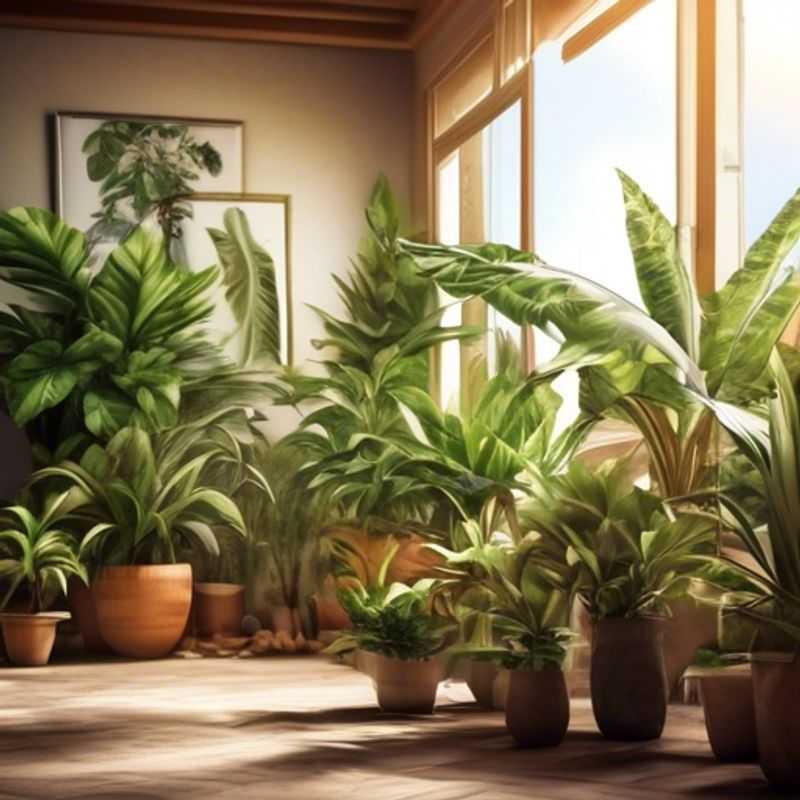
7 Essential Things to Know Before Bringing Home Your New Green Friend
Bringing a bit of the outdoors in with houseplants is a wonderful way to brighten up your space and bring a touch of nature indoors. But before you head to the plant shop, it's important to do a bit of homework. Just like any pet, houseplants require care and attention to thrive.
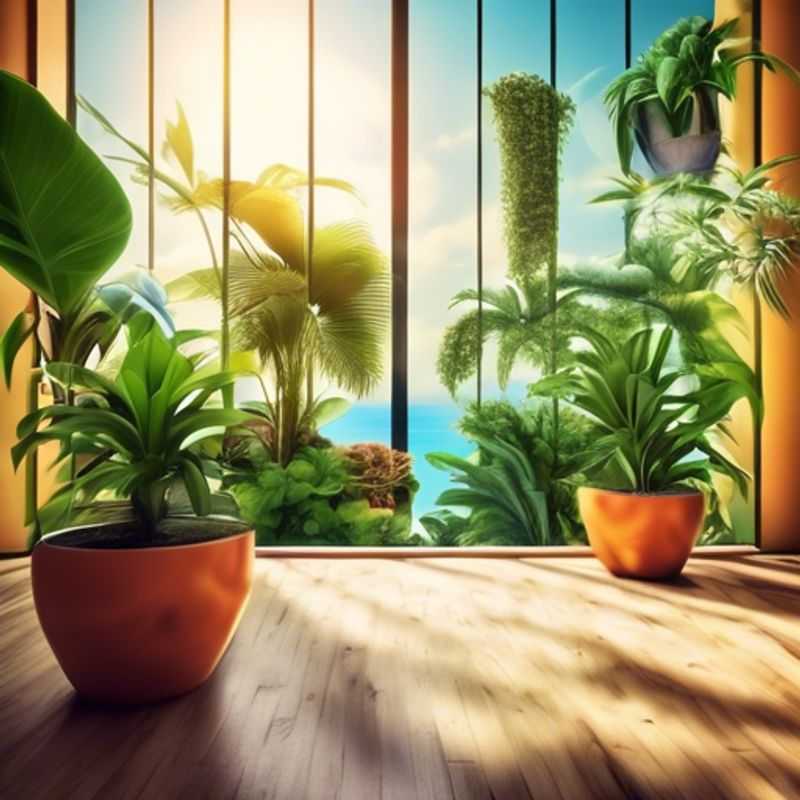
Researching Plant Care: Tailoring Your Approach to Each Species
Before bringing a plant home, it's crucial to understand its specific needs. Researching your chosen species is essential for its long-term health and your success as a plant parent. This involves understanding several key factors, including:
Light: Knowing the amount and type of light your plant requires is paramount. Some plants thrive in bright, direct sunlight, while others prefer shady conditions. Understanding the difference between full sun, partial sun, and shade is vital.
Watering: Every plant has a unique watering schedule. Some plants prefer moist soil, while others thrive with infrequent watering. Researching the appropriate watering frequency for your plant will prevent overwatering or underwatering, both of which can be detrimental.
Soil: Plants have varying preferences for soil types, such as acidic, alkaline, or neutral. Choosing the right soil mix provides essential nutrients and drainage. Understanding the preferred soil type ensures your plant receives the optimal environment for growth.
Fertilizer: Fertilizing provides essential nutrients, but it's important to know the type and frequency. Over-fertilizing can harm your plant, while insufficient fertilization can stunt its growth. Researching the recommended fertilization schedule and type of fertilizer will support healthy development.
Temperature and Humidity: Plants have ideal temperature ranges and humidity levels. Some plants thrive in warm, humid environments, while others prefer cooler, drier conditions. Understanding these preferences allows you to create an environment where your plant can flourish.
Pruning: Regular pruning can promote healthy growth, shape your plant, and encourage new growth. Researching the appropriate pruning techniques and timing for your specific species will enhance its overall health.
Pest and Disease Control: Familiarizing yourself with potential pests and diseases specific to your chosen plant is important. Knowing the signs and symptoms of common problems will allow you to act quickly and prevent severe damage.
Repotting: As your plant grows, it may require repotting into a larger container to accommodate its root system. Knowing the appropriate repotting frequency and how to handle this process properly is essential for continued growth.
By dedicating time to researching your plant's needs, you'll be better equipped to provide the ideal environment for its growth and longevity. Remember, a little knowledge goes a long way in nurturing a thriving and healthy plant. Enjoy the process of learning and caring for your green companion!
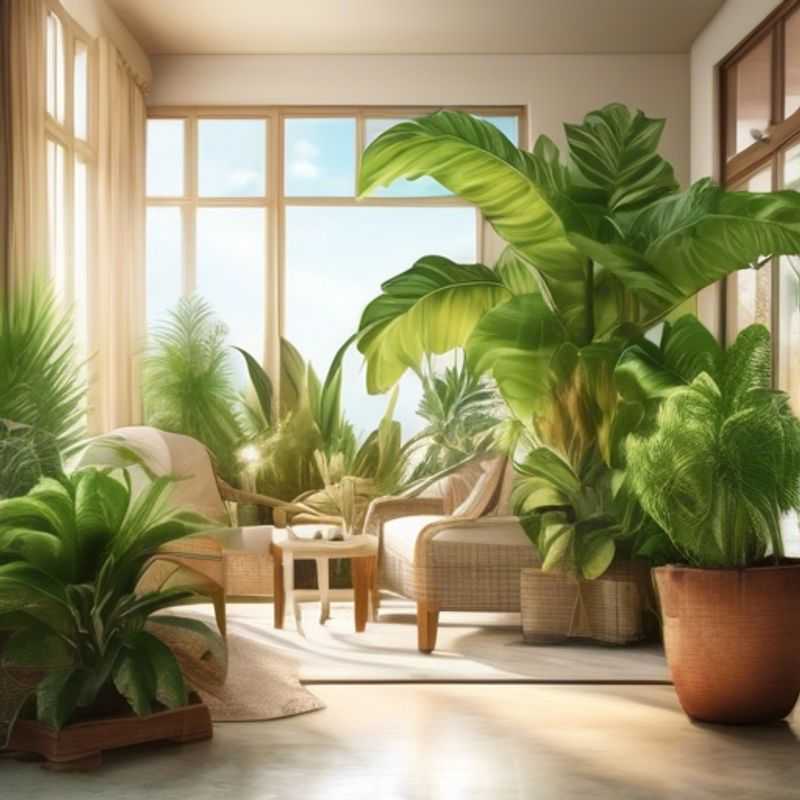
Sunlight, Water, and Humidity: Key Considerations for Plant Success
When choosing a plant, understanding its basic needs for sunlight, water, and humidity is crucial for its survival and thriving. Sunlight is essential for photosynthesis, the process by which plants convert light energy into food. Knowing whether your plant prefers full sun, partial shade, or indoor conditions is key. Water needs vary greatly; some plants prefer moist soil, while others thrive in drier conditions. Overwatering can be just as detrimental as underwatering. Humidity is another factor to consider, with some plants requiring high humidity and others tolerating drier environments. To ensure the success of your plant, research its specific needs before bringing it home.
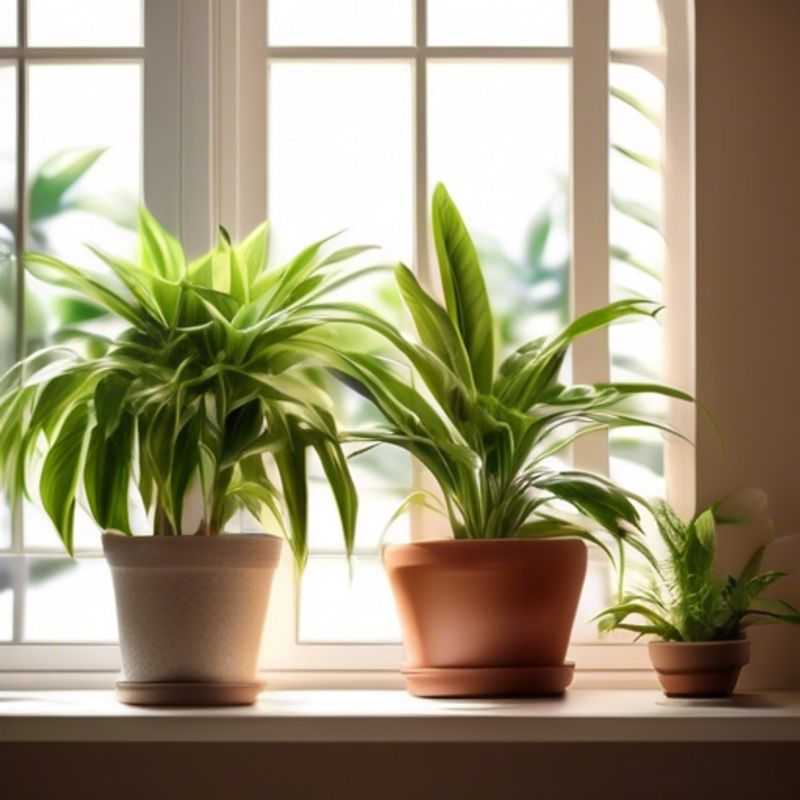
The Perfect Pot and Soil: Setting Your Plant Up for Success
Choosing the right pot and soil is crucial for the health and growth of your plant. A pot that is too small can restrict root development and lead to stunted growth. A pot that is too large can cause the roots to rot due to excess moisture. Always select a pot with drainage holes to prevent waterlogging, which can damage roots.
The type of soil you use also plays a significant role in plant health. Well-draining soil allows excess water to escape, preventing root rot. For most plants, a blend of potting mix, compost, and perlite is a good starting point. This combination provides a balance of moisture retention and aeration for optimal root growth.
You can purchase pre-mixed potting soil from gardening centers, or you can create your own blend by combining the ingredients mentioned above. Always check the soil moisture level before watering your plant. It is better to slightly underwater than overwater.
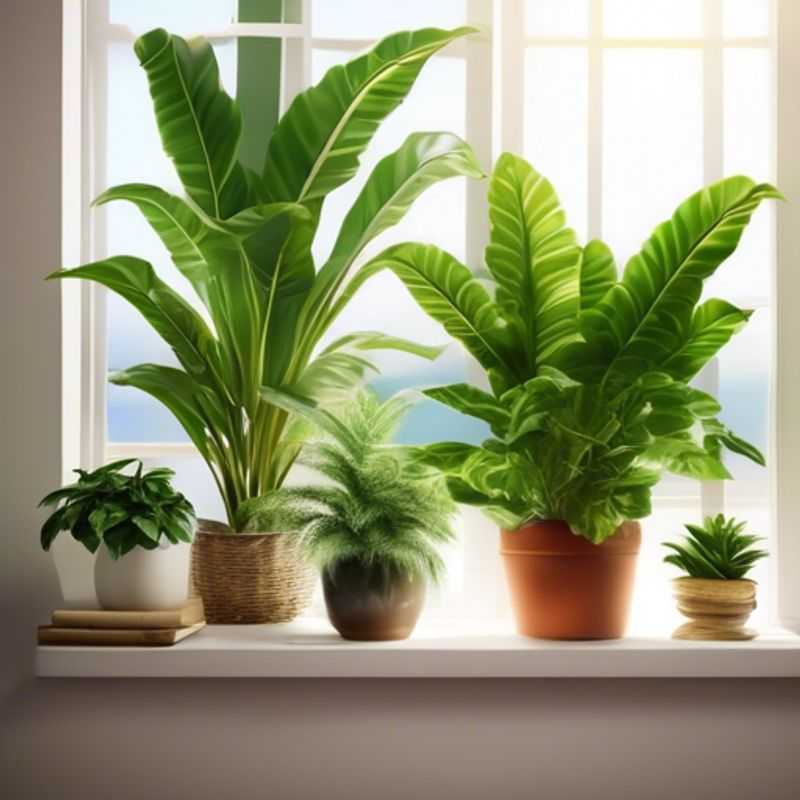
Nurturing Green Life: Mastering Watering and Fertilizing Your Plants
Watering your plant is crucial for its health. It's important to strike a balance, as both overwatering and underwatering can lead to issues. A good rule of thumb is to water when the top inch of soil feels dry to the touch.
Fertilizing your plant provides it with essential nutrients for growth. You can use a balanced liquid fertilizer diluted according to the product instructions. Fertilize every 2-4 weeks during the growing season, but reduce or stop during the winter months when the plant is dormant.
Consider your plant's specific needs. Some plants thrive in moist soil, while others prefer to dry out between waterings. Research your plant's type to determine its ideal watering and fertilizing requirements.
Remember, consistent observation and careful attention to your plant's needs are key to its healthy growth. Enjoy watching your green friend flourish!
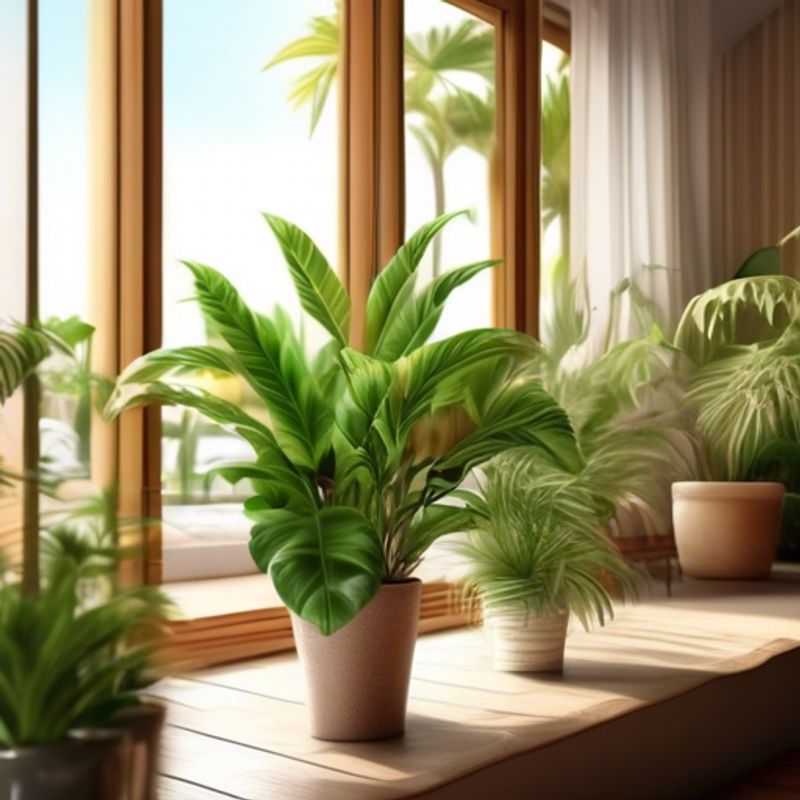
Protecting Your Loved Ones: Identifying and Avoiding Toxic Plants in Your Home
When it comes to our furry friends and little ones, it's crucial to be mindful of the plants we surround them with. Many common household and garden plants can be surprisingly toxic, leading to unpleasant and even dangerous consequences. A little awareness goes a long way in safeguarding our loved ones.
Here are some common culprits to watch out for:
Lilies: These beautiful flowers are a serious threat to cats, even a small amount can cause severe kidney failure.
Poinsettias: While often associated with Christmas, these festive plants can cause mild irritation to pets and children if ingested.
Sago Palms: These popular houseplants pose a significant risk to pets, particularly dogs, as their seeds and leaves contain toxins that can lead to liver failure.
Tulips & Daffodils: The bulbs of these spring favorites are particularly toxic, potentially causing vomiting, diarrhea, and heart rhythm problems.
Peace Lilies: These attractive plants can cause mouth irritation, vomiting, and difficulty swallowing if ingested by pets or children.
If you suspect your pet or child has ingested a toxic plant, it's vital to contact your veterinarian or poison control center immediately. Quick action can make all the difference.
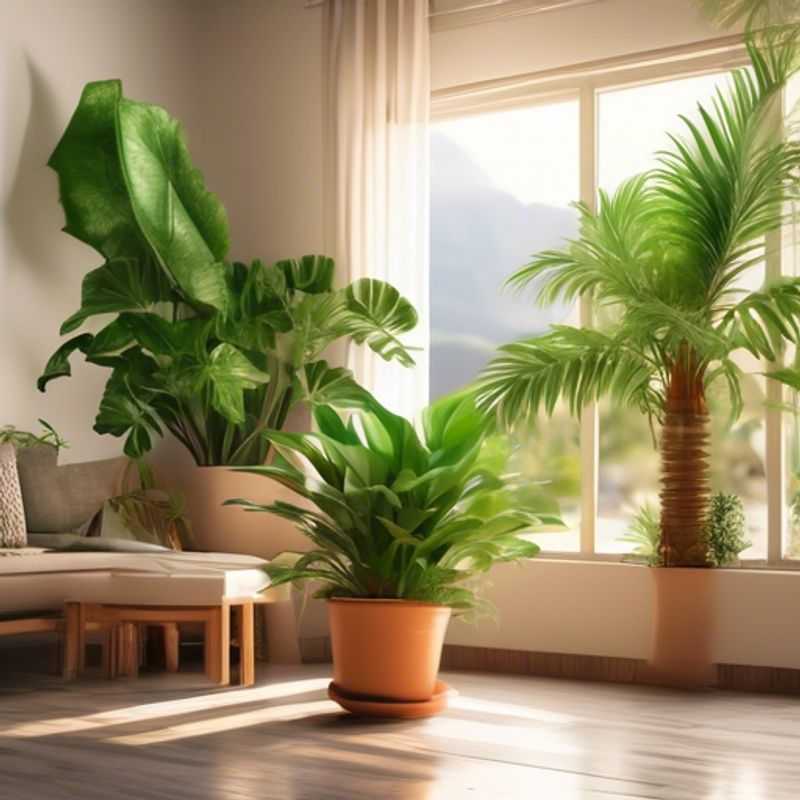
From Plant Parent Novice to Pro: Starting with Low-Maintenance Green Companions
Starting with low-maintenance plants is a great way for beginners to get their feet wet in the world of plant parenting. These resilient plants are less demanding and more forgiving, making them perfect for those who may not have a green thumb yet.
Here are some tips for choosing low-maintenance plants:
Succulents: These water-storing plants are incredibly drought-tolerant and can thrive in a variety of conditions, making them ideal for beginners. They require minimal watering and are relatively pest-free. Popular choices include aloe vera, echeveria, and sedum.
Snake Plants (Sansevieria): Known for their resilience, snake plants can withstand low light, infrequent watering, and neglect. They also have air-purifying properties, adding an extra benefit to your home.
ZZ Plants (Zamioculcas zamiifolia): Similar to snake plants, ZZ plants are virtually indestructible. They can tolerate low light, infrequent watering, and even some dryness. Their glossy, dark green foliage adds a touch of elegance to any space.
Cast Iron Plants (Aspidistra elatior): Living up to their name, cast iron plants are incredibly hardy. They can survive in low light, low humidity, and even some neglect. They are a great choice for those who are prone to forgetting to water their plants.
Pothos (Epipremnum aureum): These versatile plants can be grown in hanging baskets, pots, or even in water. They are relatively low-maintenance and tolerate low light and infrequent watering.
Remember, even low-maintenance plants require some basic care. It's important to research the specific needs of each plant and provide them with the appropriate light, water, and occasional fertilization. With a little attention, you can enjoy the beauty and benefits of these resilient plants for years to come.
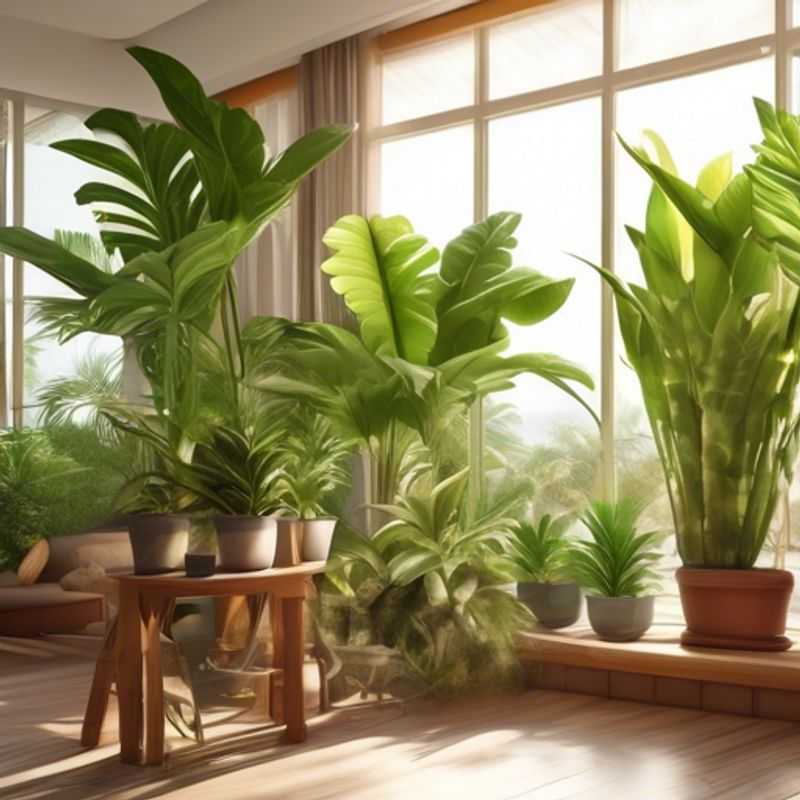
From Seedling to Giant: Understanding Plant Growth Habits and Mature Size
Knowing the growth habits and mature size of your chosen plant is crucial for a happy and thriving garden. Think of it like planning a house: you wouldn't build a mansion on a postage stamp!
Size Matters: Before you buy, research the plant's mature height, width, and spread. Will it engulf your patio or fit nicely in your flowerbed? Remember, plants need space to grow.
Growth Habits: Consider whether the plant grows upright, trailing, or vining. This helps you determine its placement and potential for support. A vine needs something to climb, while a sprawling plant requires ample space.
Sunlight Needs: Plants need sunlight for photosynthesis. Imagine them like little solar panels. Don't buy a shade-loving plant for a sunny spot or vice versa. Look for tags that detail the plant's sun preferences.
Soil Requirements: Some plants thrive in acidic soil, while others need alkaline. Think of it like their diet. Understanding soil needs ensures your plant has the right nutrients.
Mature Size: Don't be fooled by the small size of the plant you buy. Remember, they grow up! Consider its eventual size when choosing its location. You might want to choose a smaller variety to prevent it from overwhelming your space.
